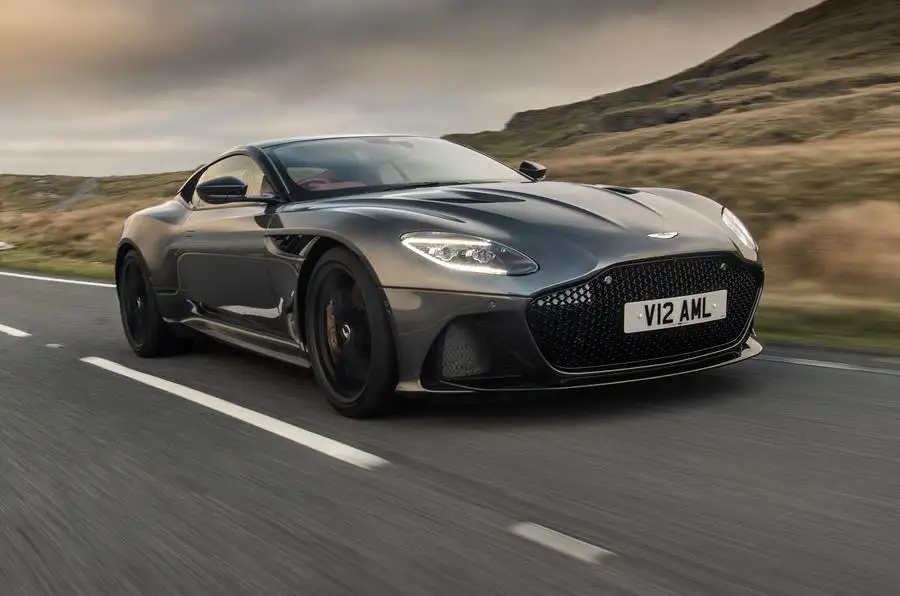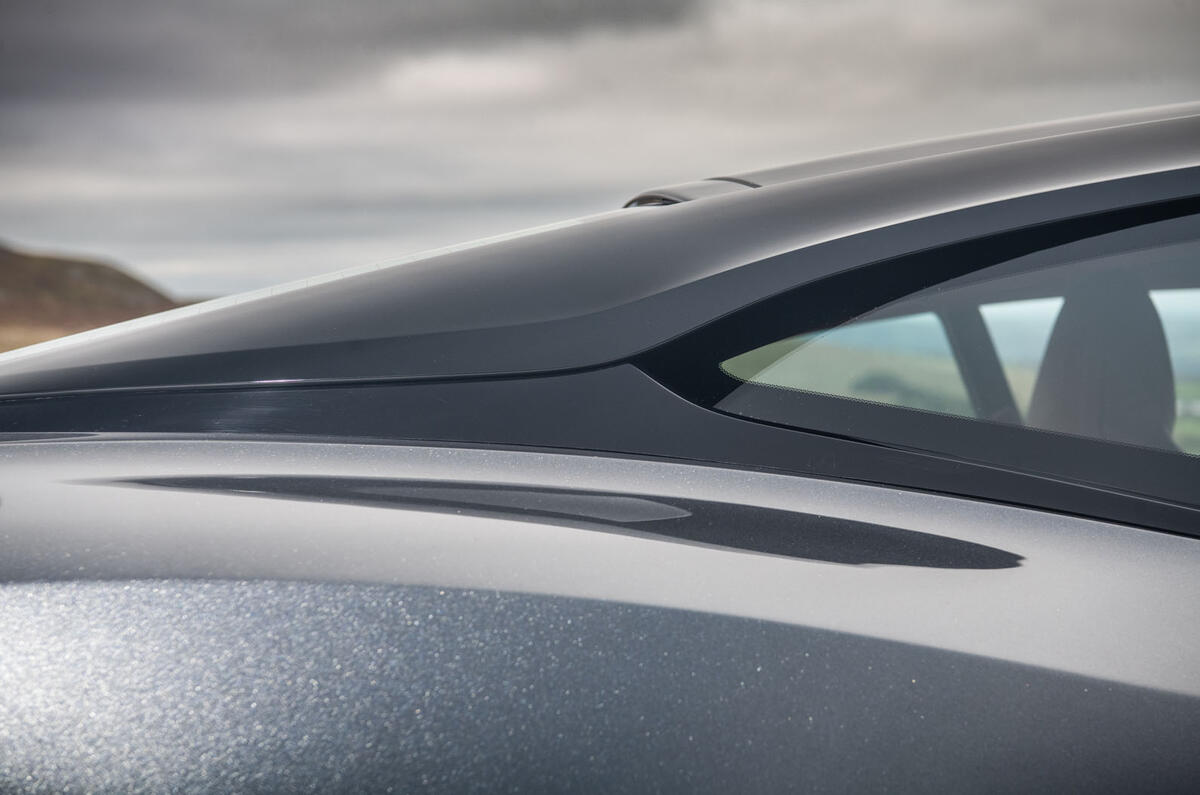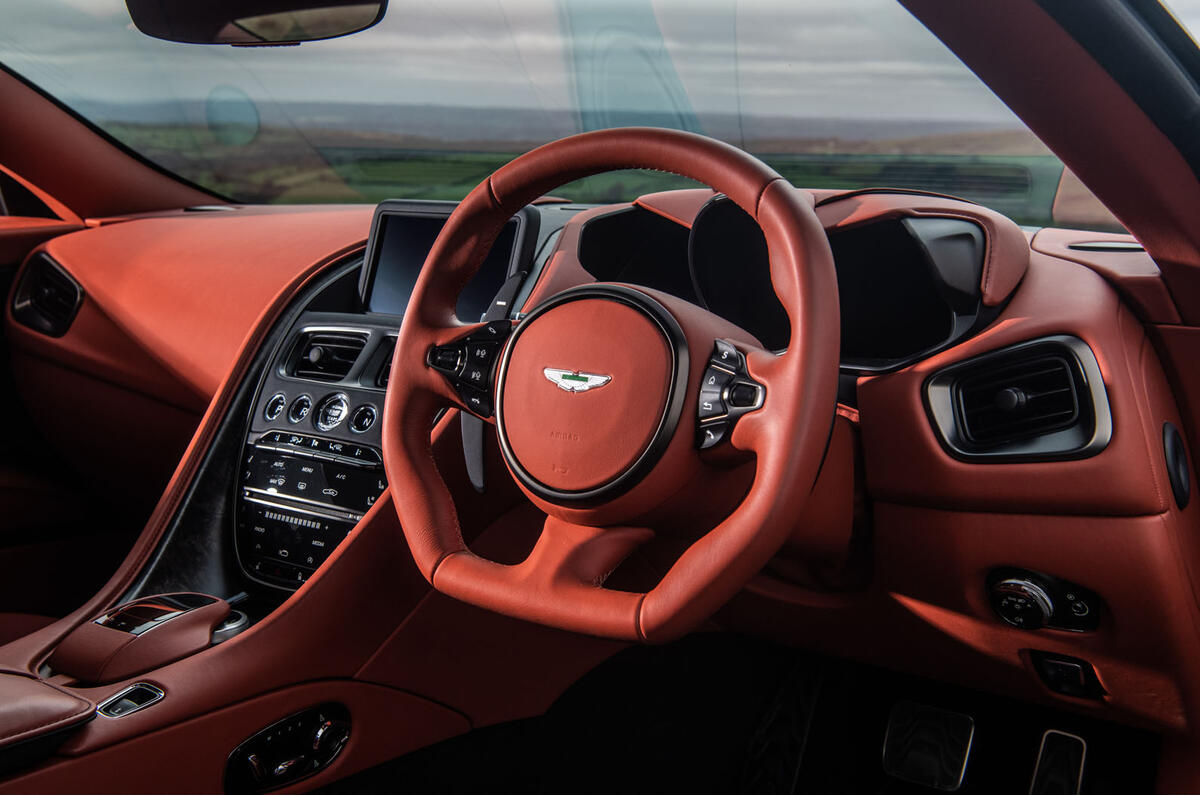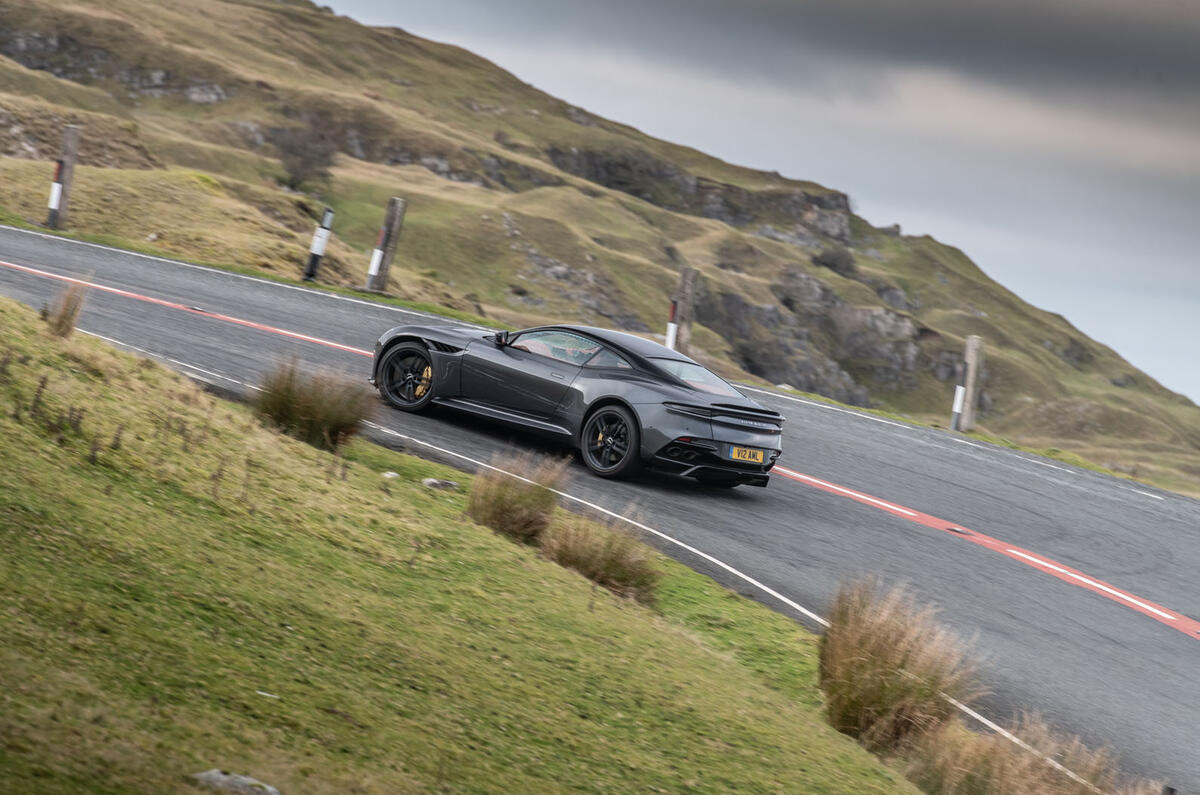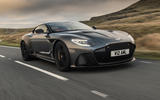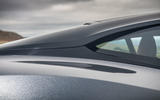If a super-GT’s success is best defined by sensational looks and an equally sensational powerplant, the DBS gets off to a flying start. Beneath the front-hinged carbonfibre clamshell sits the same twin-turbo 5.2-litre ‘Cologne’ V12 deployed in the Aston Martin DB11, only tickled electronically to heights of 715bhp and 664lb ft from a mere 1800rpm.
The latter figure necessitated an all-new transaxle gearbox: ZF’s ultra-modern 96HP eight-speeder, though torque, sent rearwards via a carbonfibre propshaft, still has to be limited through the first two ratios in the interests of longevity.
Like the DB11, the DBS also benefits from a mechanical limited-slip differential at its driven rear axle, rather than the electronic apparatus in the more junior Vantage. Aston Martin has, however, increased the bias to help put all that muscle through a pair of 305/30 Pirelli P Zero tyres bespoke to the DBS.
The track widths are also up by 10mm and 20mm at the front and rear respectively, and so the DBS has a larger footprint than the equivalent DB11, even if it sits some 70kg lighter on the scales, at as little as 1799kg in running order (depending on lightweight options). Which may hardly seem ‘superlight’, especially given our test car still weighed 1910kg with a full tank. But remember how big a car this is, and the rich, luxury touring brief it serves. If anything promises to move such mass with urgency, it’s 664lb ft of torque.


